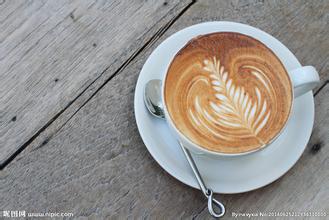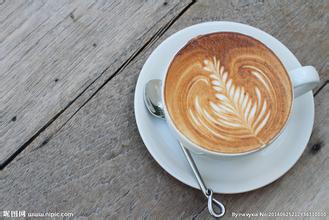Introduction to Cuban Crystal Coffee using the most traditional Coffee processing method
In the early 20th century, the number of coffee shops in Havana once exceeded 150, but that number has declined year by year since then, due to a decline in Cuban coffee production and an increase in the proportion of rum and sugar exports. Former Cuban President Fidel Castro unified the coffee industry into state ownership during the 1959 Cuban Revolution and asked the country to increase the cultivation of edible crops. "although coffee production has decreased, consumer demand is on the rise." Fifty years ago, Cuba produced 60, 000 tons of coffee a year, but now that figure has plummeted to 6000 tons. "
Due to declining production, the Cuban government in 1962 rationed 4 ounces of coffee per person per month, resulting in the emergence of alternatives to coffee, such as chickpea coffee. "this is a coffee substitute with a mixture of coffee and roasted chickpea powder so that more people can drink more coffee." Goldenberg said. At the local caf é con ch í charo, the barista made him a cup of hummus coffee with a strong, rough and slightly bitter taste. Because the taste is too bad, the local people are used to adding a lot of sugar to the coffee. Chickpea coffee is very common in local rationing stores. Of course, you can also go to a normal store to buy normal coffee, but given the local people's income of $20 a month, coffee is definitely a luxury for most people. Due to the limited amount of coffee, people in Havana drink coffee in very small cups, and the amount of coffee per cup takes very little into account the rationing of coffee and the low income level. Cubans mostly make their own coffee at home. "almost every family has a mocha pot." Goldenberg said. Unable to enjoy the full-bodied espresso in the coffee shop, Cubans try to imitate the taste of espresso with a mocha pot at home. "after making the coffee, Cubans will add a spoonful of brown sugar foam to the coffee instead of the coffee fat on the espresso." Goldenberg said

Important Notice :
前街咖啡 FrontStreet Coffee has moved to new addredd:
FrontStreet Coffee Address: 315,Donghua East Road,GuangZhou
Tel:020 38364473
- Prev

Hawaiian Kona Coffee with an island climate introduces the Manoa Valley of Oahu.
Hawaii is a paradise for tasting and buying coffee. Each island has several unique places for tourists and local residents to taste and buy coffee, including comfortable and warm shops and comprehensive centers to introduce coffee knowledge. In Hawaii, you can watch the fiery sunset sink into the red-orange sea, feel the fresh air filled with the scent of flowers, and sit by the sea and have a drink
- Next

Washed coffee producing countries East African landlocked countries Uganda coffee producing countries
Origin: Uganda product model: AA.A2.BP.B4.CS Organic Uganda Burkinsu uganda bugisu AA 18 mesh Uganda is a landlocked country in eastern Africa, across the equator, bordering Kenya in the east, Tanzania and Rwanda in the south, the Democratic Republic of the Congo in the west and Sudan in the north. Most of the territory is located in the Central African Plateau, with lakes, with an average elevation of 1000-1200 meters. There are many lakes and plateaus in the mountains.
Related
- Does Rose Summer choose Blue, Green or Red? Detailed explanation of Rose Summer Coffee plots and Classification in Panamanian Jade Manor
- What is the difference between the origin, producing area, processing plant, cooperative and manor of coffee beans?
- How fine does the espresso powder fit? how to grind the espresso?
- Sca coffee roasting degree color card coffee roasting degree 8 roasting color values what do you mean?
- The practice of lattes: how to make lattes at home
- Introduction to Indonesian Fine Coffee beans-- Java Coffee producing area of Indonesian Arabica Coffee
- How much will the flavor of light and medium roasted rose summer be expressed? What baking level is rose summer suitable for?
- Introduction to the characteristics of washing, sun-drying or wet-planing coffee commonly used in Mantenin, Indonesia
- Price characteristics of Arabica Coffee Bean Starbucks introduction to Manning Coffee Bean Taste producing area Variety Manor
- What is the authentic Yega flavor? What are the flavor characteristics of the really excellent Yejasuffi coffee beans?

